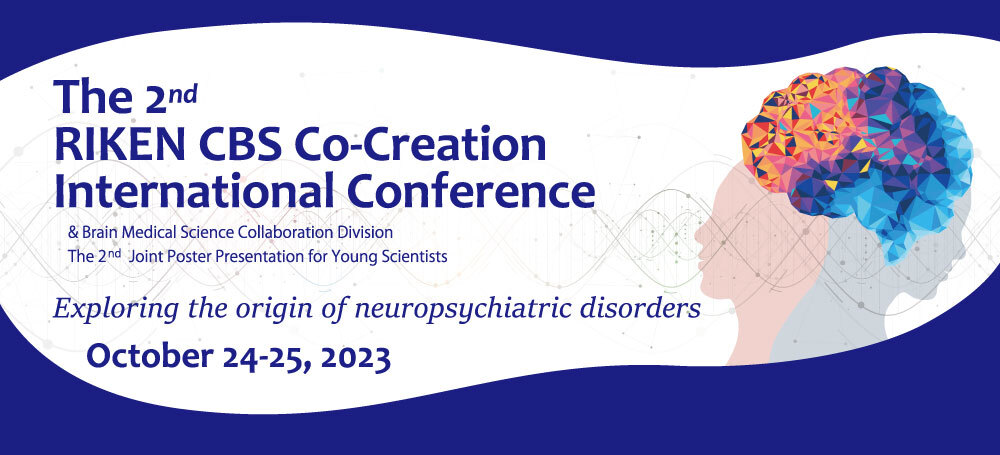

“Probing the Dysfunctional Noradrenergic System During Delayed Motor Learning in the 16p11.2 Deletion Mouse Model of Autism”
Dr. Simon Chen CV
Associate Professor
Canada Research Chair Tier II
Brain and Mind Institute
University of Ottawa
Abstract
Noradrenaline (NA) is a strong modulator of neuronal activity, and many symptoms in patients with Autism Spectrum Disorder (ASD) can be attributed to the maladaptive activity of locus coeruleus (LC), the main source of forebrain NA; hence it has garnered much attention as a potential lens through which to view and understand ASD. our lab recently uncovered a role for dysregulated LC-NA function in motor learning delays in the 16p11.2 deletion mouse model of ASD (Yin et al., Nature Neuroscience 2021). We found that reduced NA levels in the primary motor cortex (M1) caused delays in motor learning and increased neuronal activity in pyramidal neurons (PNs) of M1 in 16p11.2 deletion mice. Strikingly, both the behavioral and neuronal phenotypes were rescued by chemogenetic activation of LC-NA.
Hence, we next aim to fully characterize the local dynamic NA levels in the early, intermediate, and late stages of the learning process in the 16p11.2 deletion mice. We employ a newly developed optical NA sensor developed by Yulong Li’s Lab, GRABNE, with in vivo two-photon imaging to visualize spatiotemporal release patterns of NA in M1 during motor learning. Intriguingly, we find that while wild-type (WT) mice exhibit consistently elevated NA levels during movements, 16p11.2 deletion mice show a delay in behaviorally induced NA increases. In addition to the delay in temporal dynamics, 16p11.2 deletion mice show altered spatial dynamics, with sparser and less behavior-specific NA release across M1 during the initial learning. In addition, we also assess the LC-NA axonal neuronal activity in M1 using in vivo Ca2+ imaging. We also observe that behavior-related activity transients are less reliable in 16p11.2 deletion mice with more unspecific activity transients during the baseline period. This work provides a novel glimpse into the LC-NA system in ASD, allowing for an improved understanding of the role of NA in network modulation and behavior.
References
- Yin, X., Jones, N., Yang, J.W., Asraoui, N., Mathieu, M.E., Cai, L., Chen, S.X. (2021). Delayed motor learning in 16p11.2 deletion mouse model of autism is rescued by locus coeruleus activation. Nature Neuroscience 24, 646–657
- Peters, A.J., Chen, S.X., Komiyama, T. (2014). Emergence of reproducible spatiotemporal activity during motor learning. Nature 510(7504):263-7.
Biographical Sketch
Simon completed his BSc in Cell Biology at the University of British Columbia (UBC). He continued his Ph.D. at UBC in Dr. Kurt Haas' lab, where he learned in vivo two-photon imaging and studied how synapse formation and neuronal activity direct the plasticity of functional neuronal networks in the developing brain of Xenopus tadpoles. He then moved to San Diego, where he did his postdoctoral research in Dr. Takaki Komiyama's lab. He acquired expertise in two-photon in vivo imaging in awake and behaving mice during that period. He started his lab at the University of Ottawa in 2016, and he currently holds the Tier II Canada Research Chair position.



